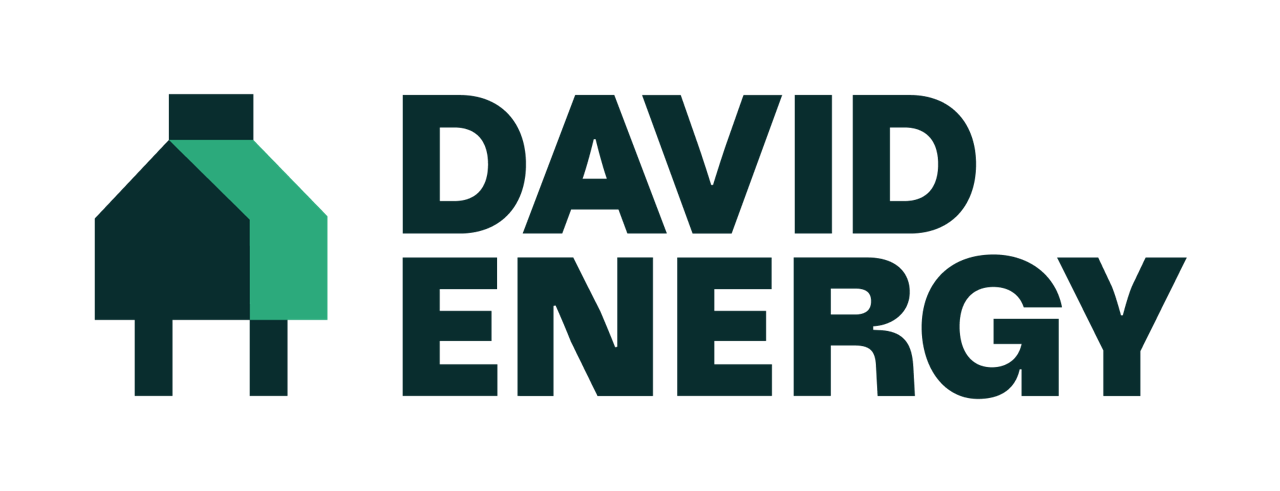Thermostat 101
Thermostats—pretty simple, right? There's one in every home and business. This guide will explain the basics—and pro-tips—when it comes to managing your thermostats effectively.
Thermostat Basics
Modern thermostats measure indoor temperatures and offer features to program them to your desired settings. the foundational level, thermostats offer a number of settings:
Thermostat Setpoints
Thermostat setpoints are the temperatures at which a thermostat is programmed to maintain the indoor climate. They typically consist of two values:
Heating Setpoint: The temperature at which the thermostat will activate the heating system to warm the space.
Cooling Setpoint: The temperature at which the thermostat will activate the cooling system to cool the space.
For example, if you set your thermostat to 70°F (21°C) for heating and 75°F (24°C) for cooling, the heating setpoint is 70°F and the cooling setpoint is 75°F. These settings will regulate the indoor temperature and maintain comfort within your location.
Thermostat Modes
Thermostats typically offer several modes to control the heating, cooling, and overall climate management of a building or home. These modes allow users to customize how their HVAC system operates based on their preferences and needs. Common thermostat modes include:
Heat Mode: In this mode, the thermostat activates the heating system to maintain the temperature at or above the set heating setpoint.
Cool Mode: This mode activates the cooling system to maintain the temperature at or below the set cooling setpoint.
Auto Mode: In auto mode, the thermostat automatically switches between heating and cooling as needed to maintain the temperature within a specified range. For example, if the temperature drops below the heating setpoint, the thermostat will activate the heating system, and if it rises above the cooling setpoint, it will activate the cooling system.
Off Mode: This mode turns off both heating and cooling systems, allowing the indoor temperature to fluctuate naturally or to conserve energy when heating or cooling is not required.
Fan Mode: Some thermostats have a fan mode that allows users to control the operation of the HVAC system's fan independently of the heating or cooling function. This can be useful for circulating air throughout the home even when heating or cooling is not needed.
Programmed Schedule Mode: Many thermostats offer programmable schedules that allow users to set different temperature setpoints for different times of the day or week. This mode automatically adjusts the temperature according to the programmed schedule, helping to save energy when the building is unoccupied or when occupants are sleeping.
These modes give users flexibility in managing their indoor climate while also helping to improve energy efficiency and comfort.
Smart Thermostat Benefits
Having a smart thermostat modernizes your features, giving you better control, visibility, and management benefits. Here are a few core features that set these apart:
Wireless Connectivity. Connecting your thermostat to WiFi allows you to control units remotely, from your mobile device, tablet, or desktop. Basically, you can make changes from anywhere with an internet connection.
Easy Programming. Pre-schedule your thermostat based on time-of-day or day-of-week for increased convenience and savings. For example, keep your space comfortable when you're home and raise temperatures slightly when you head to the office to offset your usage.
Data & Insights. Today, many models offer monthly reporting about your energy usage to help you make necessary adjustments to your system and maximize savings.
Maintenance Alerts. Monitor for irregularities or malfunctions to get ahead of issues, potentially preventing costly repairs or untimely system breakdowns.
Learning Capabilities. Smart thermostats can learn how you like your space to feel at certain times, making automatic adjustments to meet setpoints by desired timeframes and give you more convenience.
Smart Thermostat Compatibility
Not all thermostats are compatible with every HVAC system.Compatibility depends on several factors, including the type of HVAC system (e.g., central heating and cooling, heat pump, radiant heating), the voltage requirements of the system, and the specific features supported by the thermostat.
For example:
Conventional HVAC systems: These typically have separate systems for heating and cooling, often controlled by a thermostat with separate heating and cooling circuits.
Heat pump systems: These systems provide both heating and cooling and may require a thermostat specifically designed for heat pumps to optimize performance.
High-voltage systems: Some systems, like baseboard electric heaters, require thermostats capable of handling higher voltages.
Zoned systems: Homes with multiple zones for heating and cooling may require thermostats compatible with zone control systems.
Before purchasing a thermostat, it's essential to ensure it's compatible with your HVAC system. Many thermostat manufacturers provide compatibility check tools on their websites or offer
